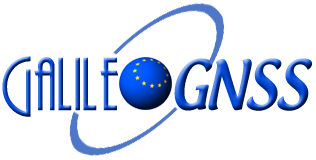The 22 satellites so far contracted to join the four already in orbit are having their payloads manufactured at Surrey Satellite Technology Ltd in the UK, which are then integrated to their satellite platforms at OHB in Germany. Finally, each complete satellite is tested at ESTEC in the Netherlands for launch from Europe’s Spaceport in French Guiana.
This main manufacturing process is fed by smaller but no less crucial production lines all across Europe, run by specialised companies supplying essential building blocks to Galileo’s prime contractors. Read more…
